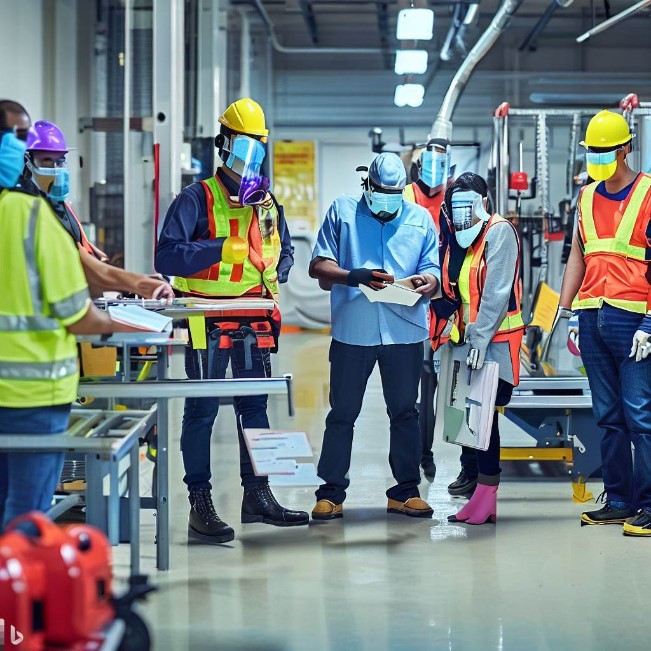Ensuring a safe work environment is paramount in any industry. Prioritizing safety not only protects employees from harm but also contributes to increased productivity, employee satisfaction, and overall organizational success. In this article, we will explore essential workplace best practices and strategies that businesses can implement to create a culture of safety and minimize occupational hazards. By adopting these practices, organizations can foster a secure work environment where employees can thrive.
- Comprehensive Risk Assessment: A comprehensive risk assessment is the foundation of workplace safety. This section will discuss the importance of identifying and evaluating potential hazards and risks within the workplace. By conducting thorough risk assessments, businesses can proactively address safety concerns, implement appropriate controls, and minimize the likelihood of accidents or injuries.
- Robust Safety Training Programs: Providing comprehensive safety training programs is crucial for equipping employees with the knowledge and skills to navigate potential hazards effectively. This section will emphasize the significance of developing and implementing robust safety training initiatives. Training should cover topics such as emergency procedures, proper use of personal protective equipment (PPE), equipment handling, and safe work practices. By empowering employees with the necessary safety knowledge, businesses can mitigate risks and promote a safety-conscious culture.
- Clear Communication and Reporting Protocols: Effective communication is essential for maintaining a safe work environment. This section will highlight the importance of clear communication channels and reporting protocols for safety-related incidents, near misses, and hazards. Establishing an open-door policy, implementing regular safety meetings, and encouraging employees to report potential risks or concerns contribute to early identification and prompt resolution of safety issues.
- Regular Equipment Maintenance and Inspections: Regular equipment maintenance and inspections play a critical role in preventing accidents and ensuring workplace safety. This section will emphasize the significance of adhering to maintenance schedules, conducting routine equipment inspections, and promptly addressing any identified issues. By maintaining equipment in good working condition and promptly repairing or replacing faulty components, businesses can minimize the risk of accidents and injuries.
- Ergonomics and Workplace Design: Promoting ergonomic principles and optimizing workplace design is essential for preventing musculoskeletal disorders and promoting employee well-being. This section will discuss the importance of ergonomic assessments, proper workstation setup, and the availability of ergonomic tools and equipment. By designing workspaces that prioritize employee comfort, health, and safety, businesses can reduce the risk of workplace injuries and improve overall productivity.
- Continuous Safety Improvement: Safety is an ongoing effort that requires continuous improvement and evaluation. This section will highlight the significance of regular safety audits, incident analysis, and feedback loops. By continuously evaluating safety practices, identifying areas for improvement, and implementing corrective measures, businesses can create a cycle of continuous safety improvement and maintain a secure work environment.
Prioritizing workplace safety is not only a moral obligation but also a strategic investment in employee well-being and organizational success. By implementing comprehensive risk assessments, robust safety training programs, clear communication channels, regular equipment maintenance, ergonomic practices, and a commitment to continuous safety improvement, businesses can create a secure work environment. Remember, safety should always come first, and by fostering a culture of safety, organizations can protect their most valuable asset—their employees—while achieving enhanced productivity and sustainable growth.
